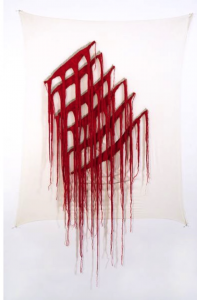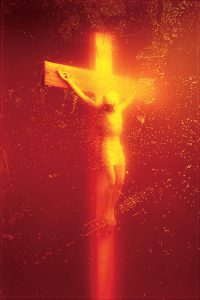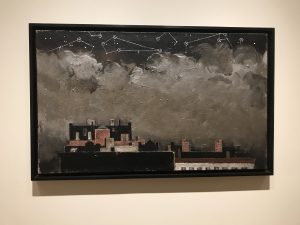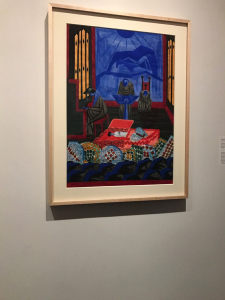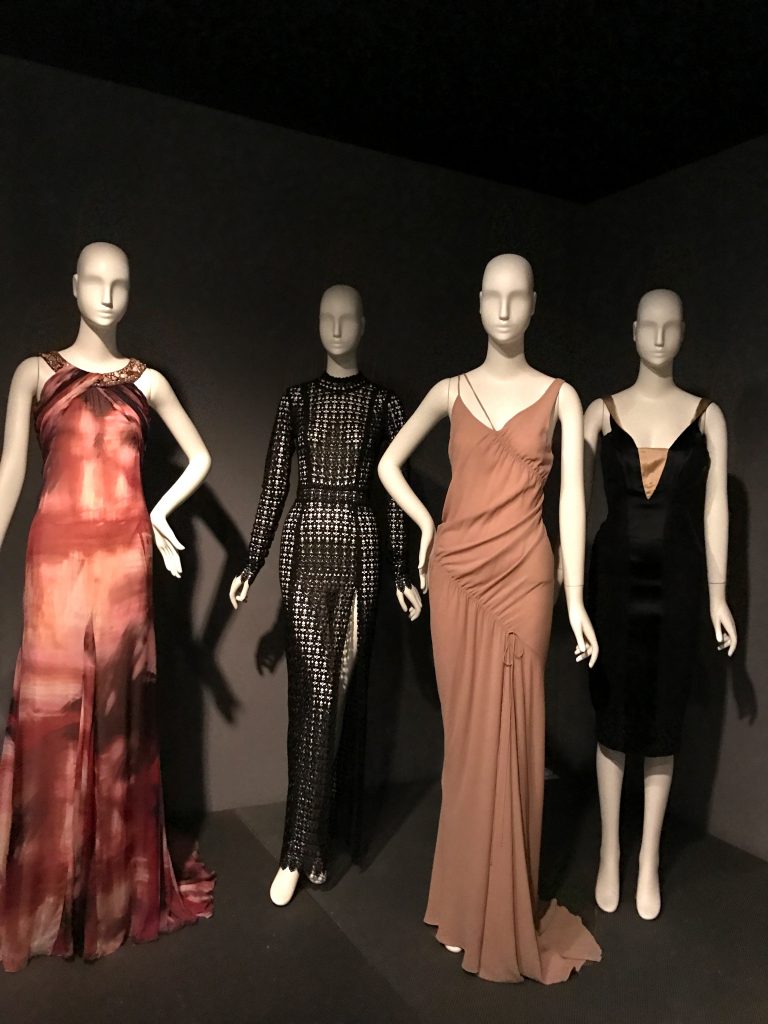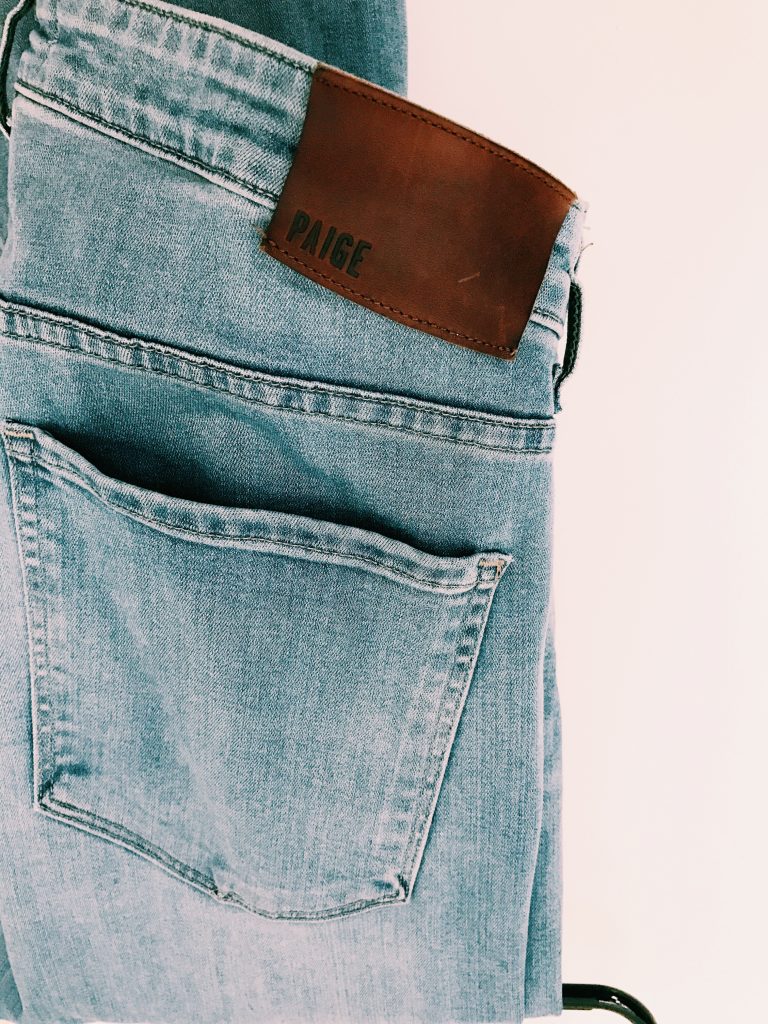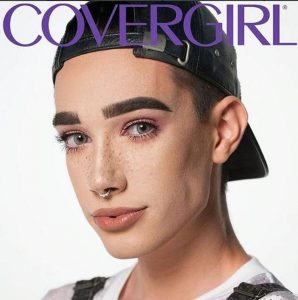Kara Walker, Gone: An Historical Romance of a Civil War as It Occurred b’tween the Dusky Thighs of One Young Negress and Her Heart 1994, 1994, Museum of Modern Art, 13 x 50′ (396.2 x 1524 cm), Paper.
This wall installation by Walker showcases her signature series of work. “The black cut-out silhouettes of caricatures of antebellum figures arranged on a white wall in uncanny, sexual, and violent scenarios.” (MoMA) By using this medium, Walker is show casing an art form popular during the 1800’s; giving critique to slavery and the ever lasting effects of it. The title of the work Refers to the 1929 movie Gone with the Wind, which some will argue glorified the Southern states insistence on slavery. The installation is powerful with graphic scenes of violence and a deep sense of inhumanity. During these times when we hear of by gone days, we see in thus piece that slavery was plain and simple evil. This is an example of expressionism because focusing on the different shapes and images, tells an emotional story of what life was like during the Civil War, and then looking into society today and seeing how oppression still exists in the 21st century.


